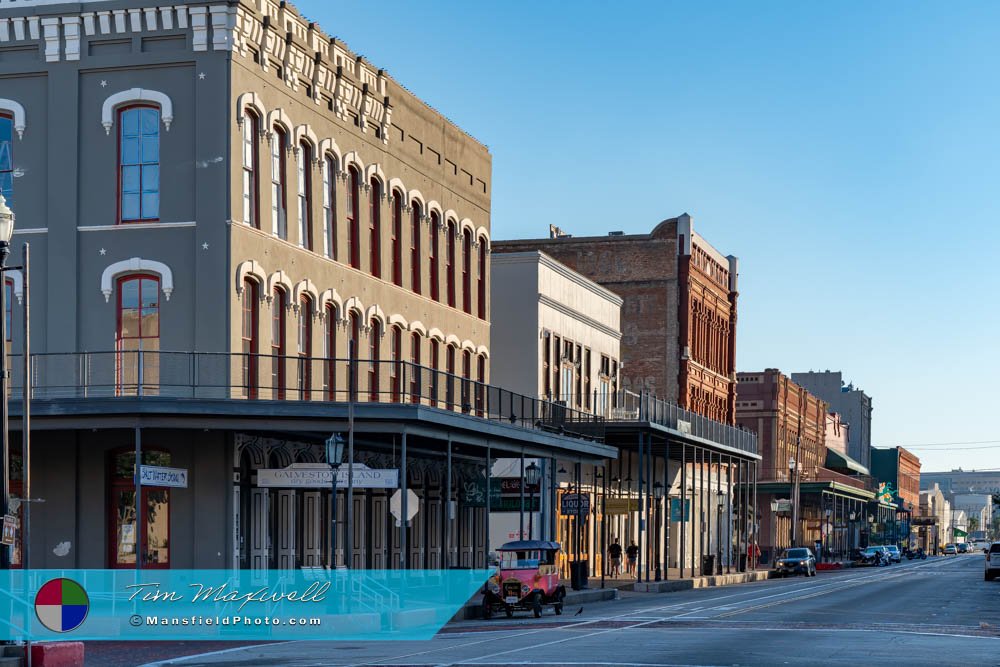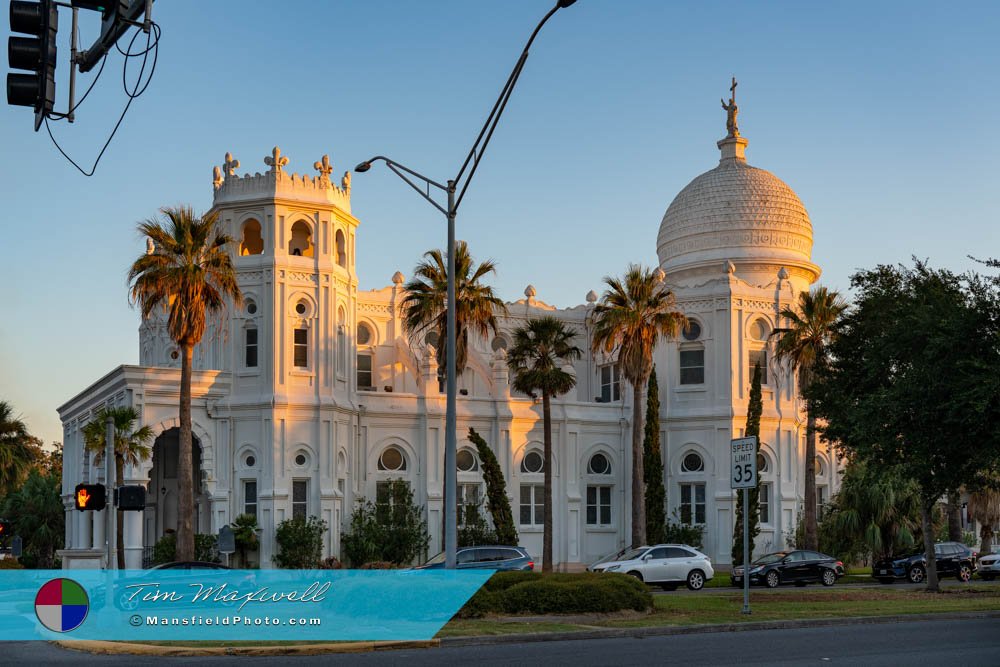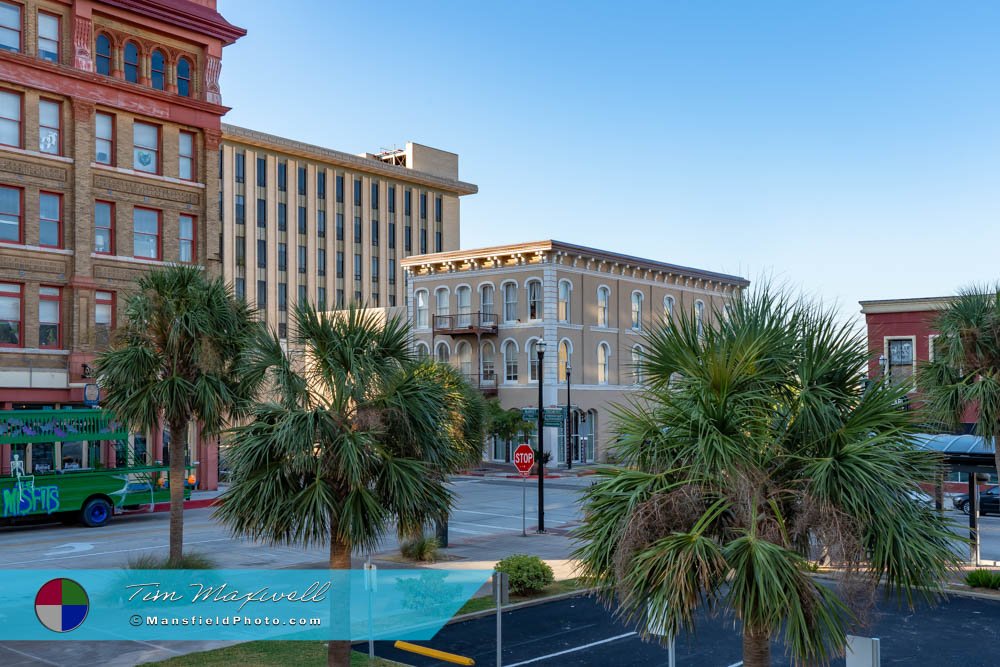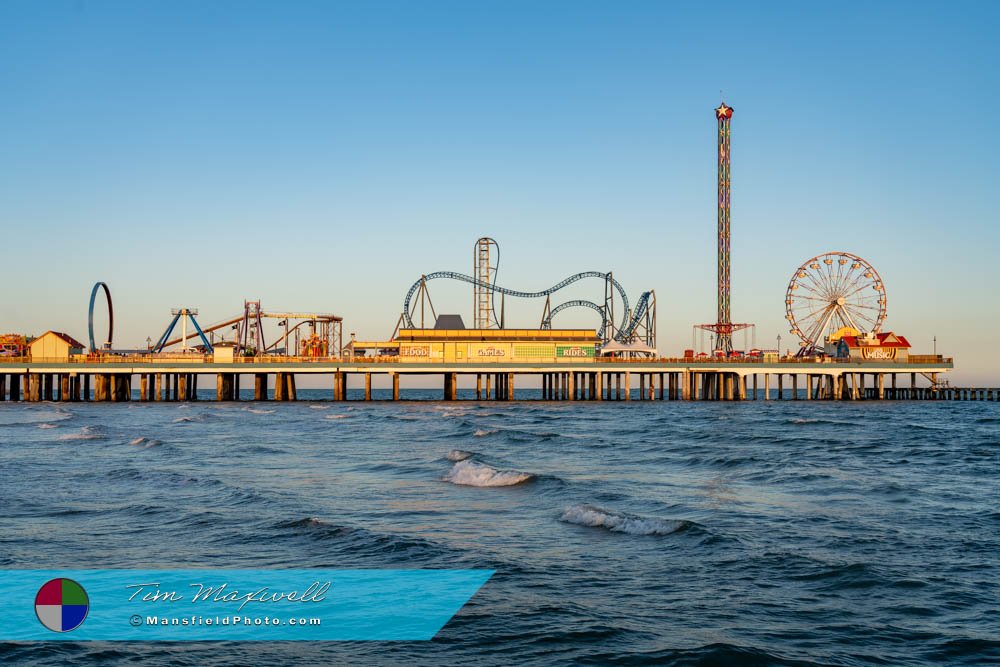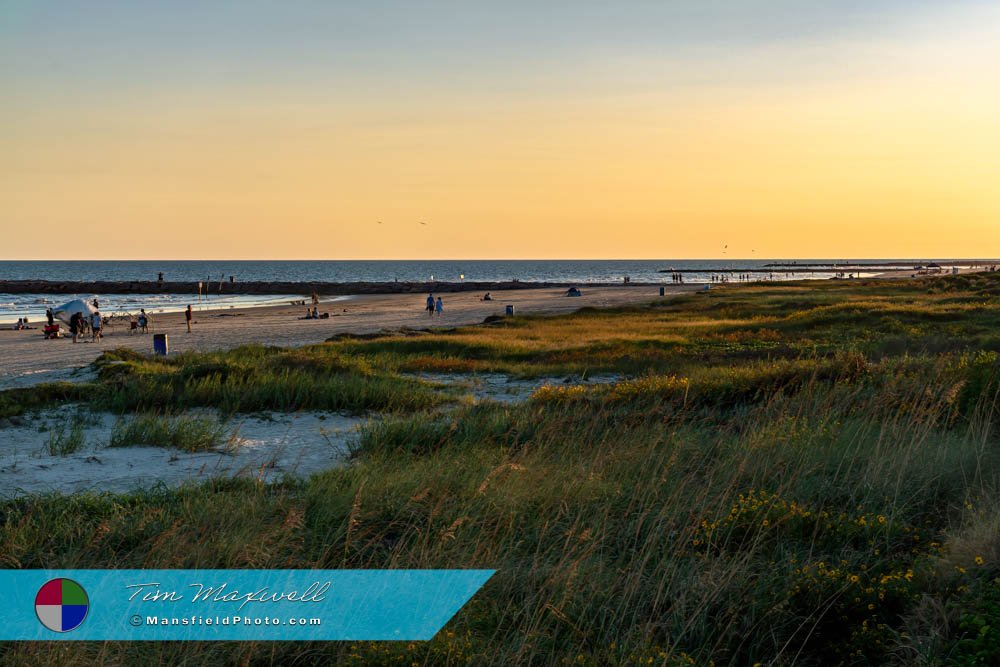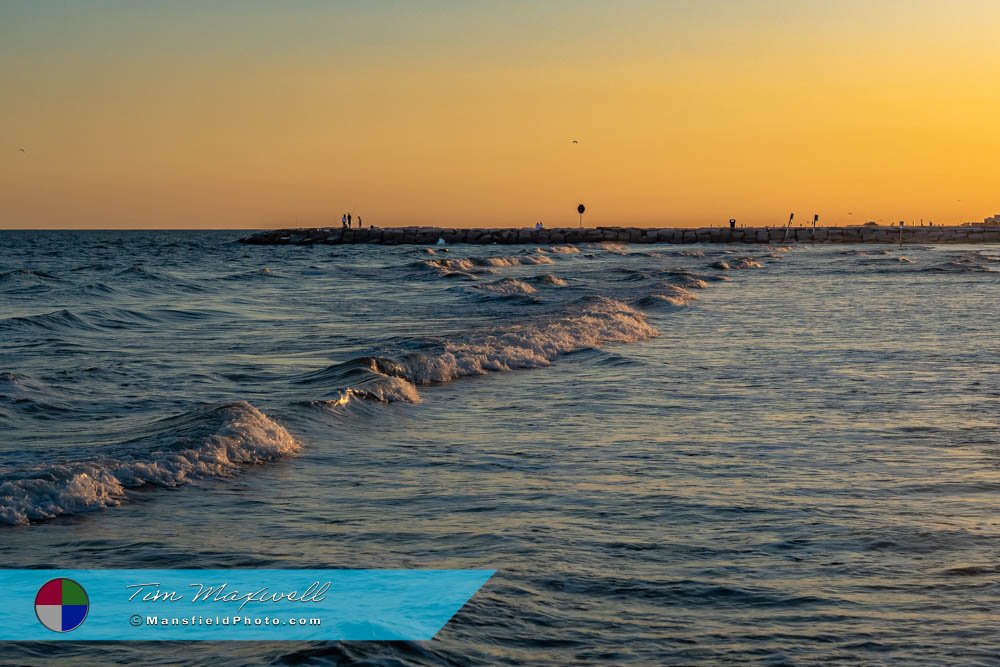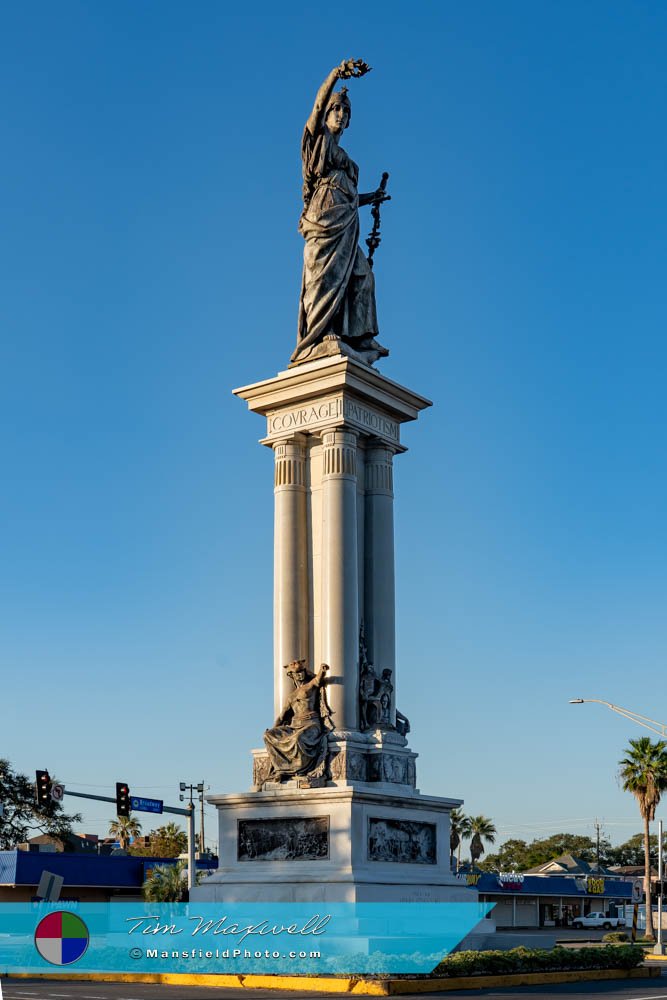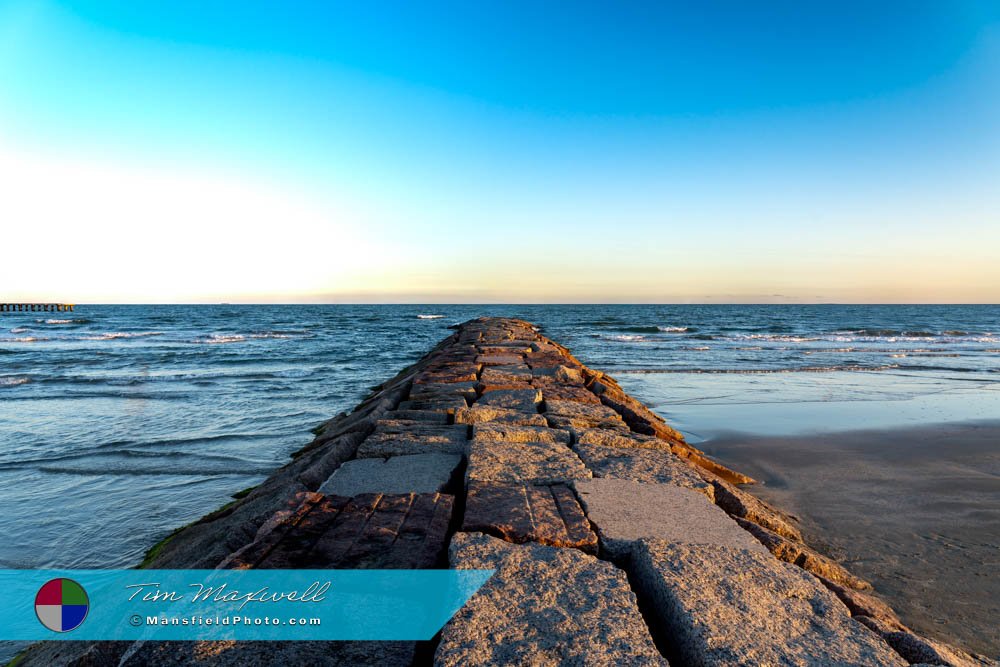Mansfield Photography
Galveston, Texas
– Beyond the Beaches.
Galveston might be more than your typical small Texas town, but its captivating blend of history, culture, and scenic beauty makes it a destination worth exploring, especially for those who love the charm of coastal towns. Nestled on a barrier island along the Gulf of Mexico, it’s history and culture continue to beckon visitors from all walks of life. This article will delve into the city’s rich history—from its founding and significance in early Texas to its resilience through hurricanes, economic ups and downs, and a tourism revival in recent decades.
A Historic Beginning: The Founding of the Town
The town was officially founded in 1839, though its roots reach much deeper into history. Originally inhabited by the Karankawa people, the island later drew interest from European explorers in the 16th century, including Spaniard Alonso Álvarez de Pineda. The name “Galveston” was designated in 1785 in honor of Bernardo de Gálvez, a Spanish military leader whose exploits in the Gulf of Mexico region were highly regarded. Although he never set foot on the island, Gálvez’s influence was key in shaping the region’s early European connections.
By the time the town was formally established as a city, it had already become a focal point for trade and immigration. Strategically positioned as a port, it quickly grew into one of Texas’s busiest and most prosperous cities, boasting connections with the cotton industry and trade networks that stretched across the Atlantic. By the mid-1800s, Galveston had earned its place as the largest city in Texas and served as the state’s principal port and center for commerce.
The Town’s Role in Texas History and Wartime Roots
Galveston played a central role in Texas’s early wars and military conflicts. During the Texas Revolution, the island served as a provisional headquarters for the fledgling Texas Navy, providing logistical support and a key point of resistance against Mexican forces. Later, during the Civil War, it remained a strategic point, switching hands between the Union and Confederate armies. The famous “Battle of Galveston” in 1863 saw Confederate forces recapture the city from Union forces, highlighting its continued significance throughout the war.
These wartime experiences left the town as a fortified and resilient city, and remnants of its military roots can still be seen in historic sites, museums, and preserved structures that recount this dramatic period in Texas history.
The Great Hurricane of 1900: Galveston’s Darkest Hour
One of the most defining moments in the town’s history came on September 8, 1900, when a catastrophic hurricane devastated the city, taking the lives of an estimated 6,000 to 12,000 people. This storm remains the deadliest natural disaster in U.S. history, reshaping not only the physical landscape of the island but also its economic future. It had been Texas’s largest city, but the hurricane caused businesses to relocate inland, particularly to Houston.
In response to the disaster, city leaders embarked on an ambitious project to protect the island from future storms, constructing a seawall that extends more than 10 miles along the coast. The city also undertook a massive land-raising project, lifting entire buildings and areas by as much as 17 feet. Today, the Galveston Seawall stands as a lasting testament to the city’s resilience and resourcefulness in the face of disaster.
The Gambling Era: A Coastal Las Vegas
Galveston saw a surge in popularity during the 1920s and into the mid-20th century as a premier destination for entertainment and vice. Nicknamed the “Sin City of the Gulf,” it attracted gamblers, socialites, and celebrities from all over. Casinos, clubs, and speakeasies flourished, driven by a network of organized crime figures and influential politicians who helped transform the city into an exciting yet lawless hotspot for gambling, drinking, and lavish parties. This period of hedonism only came to a halt in the 1950s when Texas authorities clamped down on organized crime and gambling, bringing an end to Galveston’s era as a Gulf Coast Las Vegas.
Attractions and Photography Opportunities in Modern-Day Galveston
Though Galveston’s gambling era has ended, the island has successfully transformed into a bustling tourist destination, complete with historic sites, family-friendly attractions, and beautiful beaches that make it a a great destination for photographers. The coastline, with its sweeping views of the Gulf, draws landscape photographers who flock to capture Galveston’s breathtaking sunsets, rugged shores, and unique maritime scenery.
One of the highlights for visitors and locals alike is the Galveston Island Historic Pleasure Pier, an amusement pier that juts out into the Gulf. Originally built in the 1940s, the pier was a hotspot for entertainment until it was destroyed by Hurricane Carla in 1961. It was rebuilt in 2012 and now hosts a variety of rides, games, and dining options, making it a favorite destination for families and thrill-seekers. The Pleasure Pier also offers unique photo opportunities with the Gulf waves providing a picturesque backdrop for every visitor’s amusement.
The Revival of Galveston’s Historic Districts
Galveston is home to one of the largest collections of Victorian-era architecture in the nation, with over 60 blocks of meticulously preserved historic homes and buildings in the East End Historic District. The Strand, a popular historic downtown area, is a prime example of Galveston’s charm, with a mix of antique shops, galleries, restaurants, and restored buildings that transport visitors back to the golden age of the 19th century. Each year, Galveston celebrates its heritage with events like Dickens on the Strand, where people can explore the historic district in Victorian costumes, participate in parades, and enjoy period entertainment.
These historic districts serve as a window to Galveston’s past, celebrating the city’s resilience and its commitment to preservation. For photographers and history enthusiasts, these areas offer a wealth of inspiration, with old architecture, cobblestone streets, and preserved facades.
Galveston’s Beaches and Outdoor Adventures
Of course, no article on Galveston would be complete without mentioning its stunning beaches. From the bustling Stewart Beach with family-friendly amenities to the serene East Beach known for its natural beauty, Galveston’s coastline caters to all tastes. Whether you’re looking to sunbathe, fish, birdwatch, or simply enjoy the sound of waves crashing against the shore, Galveston’s beaches provide ample opportunity to unwind.
The Gulf waters provide the ideal setting for boating, fishing, and surfing, while the island’s wetlands and natural habitats attract birdwatchers from across the nation. Galveston Island State Park offers trails for hiking and biking as well as excellent vantage points for spotting native wildlife. For landscape photographers, these natural scenes present endless chances to capture the beauty of the Texas coast.
Galveston Today: A City of Heritage and Hope
Today, Galveston is a city that honors its past while looking forward to the future. It has evolved from a trading hub to a gambling center to the tourist-friendly city it is now, hosting over 6 million visitors annually. The city’s economy thrives on tourism, bolstered by its attractions, festivals, and cruises that depart from the Port of Galveston, one of the busiest cruise ports in the U.S.
Efforts to preserve the city’s heritage continue with organizations dedicated to maintaining historic buildings and educating the public about Galveston’s unique past. The city is constantly evolving, adapting to new challenges, and enhancing its attractions, ensuring that visitors and residents alike can enjoy the beauty, history, and vibrancy that make Galveston a truly special place in Texas.
Galveston may have grown beyond the scope of a typical small town, but its enduring charm, captivating history, and resilient spirit ensure it holds a unique place within the heart of Texas and is on our Texas bucket list of places to visit. . Its beaches, historical landmarks, and lively cultural scene make Galveston an unmissable destination for those looking to explore the multifaceted stories of the Lone Star State. Whether you’re drawn by the call of the ocean, a love of history, or the allure of its unique past, Galveston offers a rich experience for everyone who visits.
📸 Interested in More Photos of This Town?


